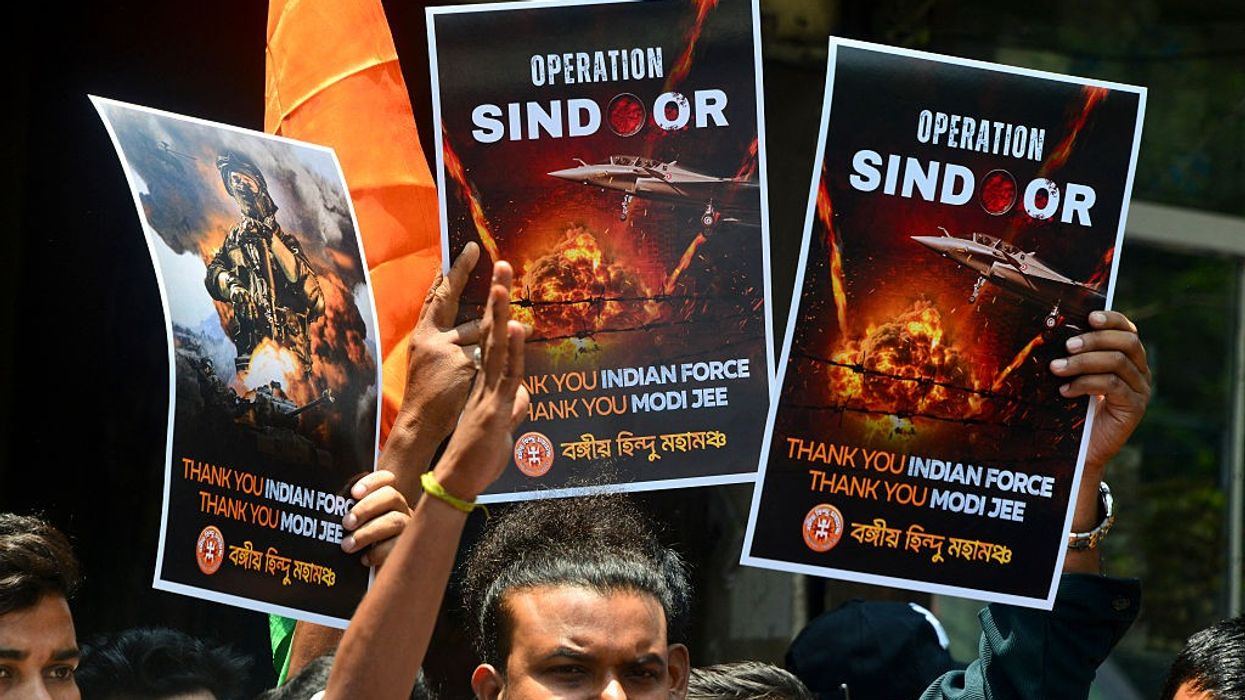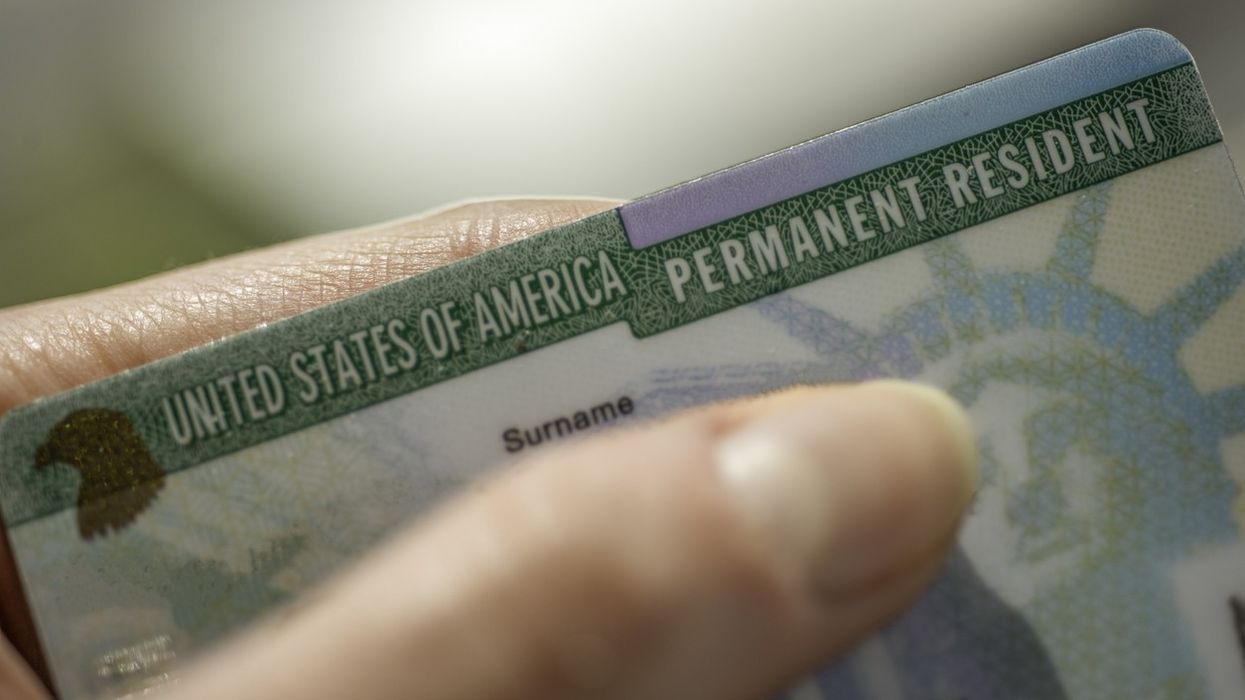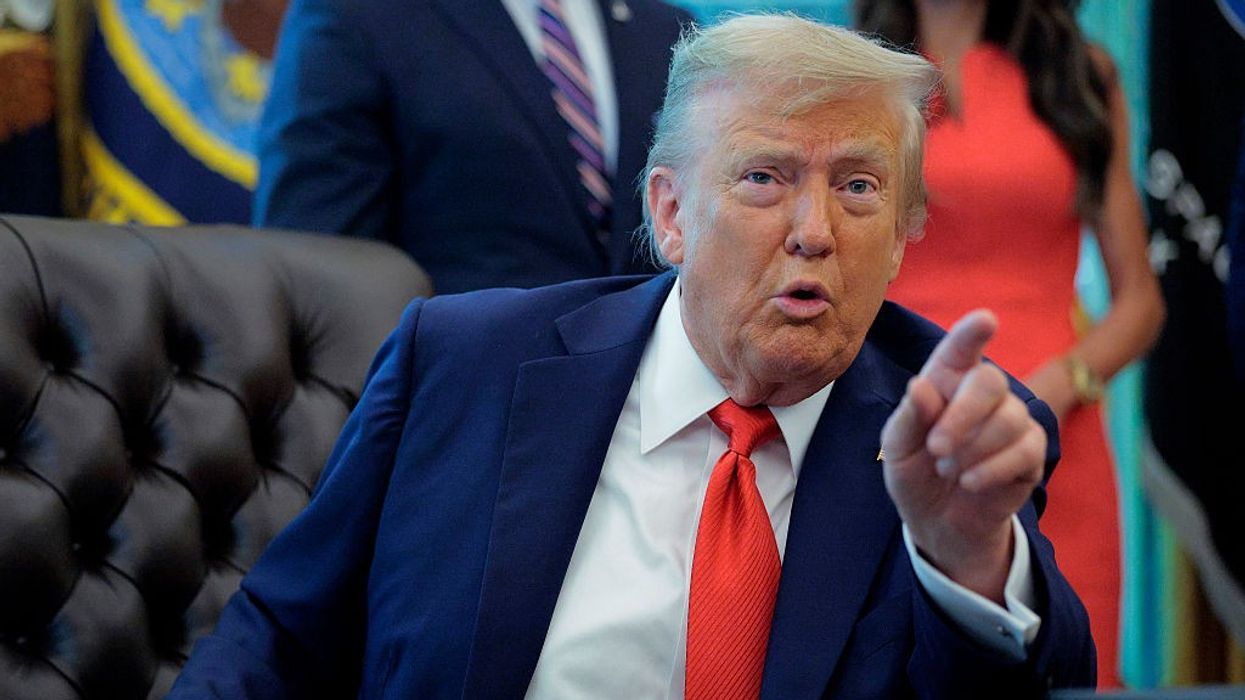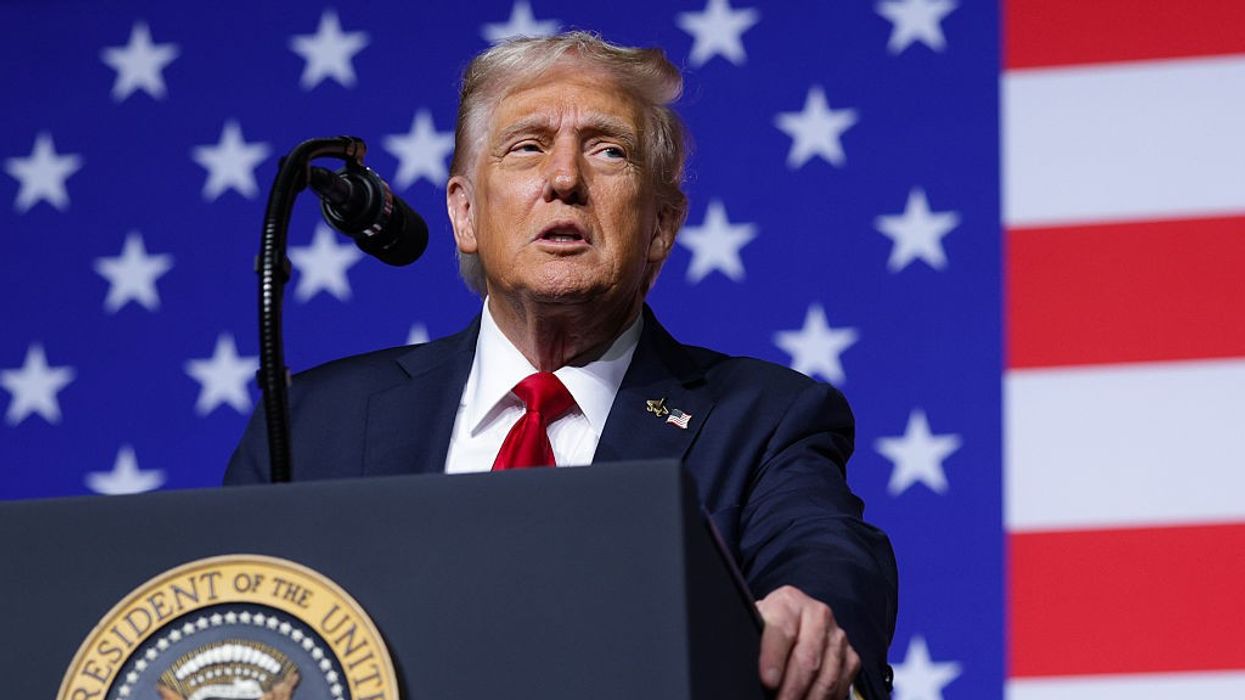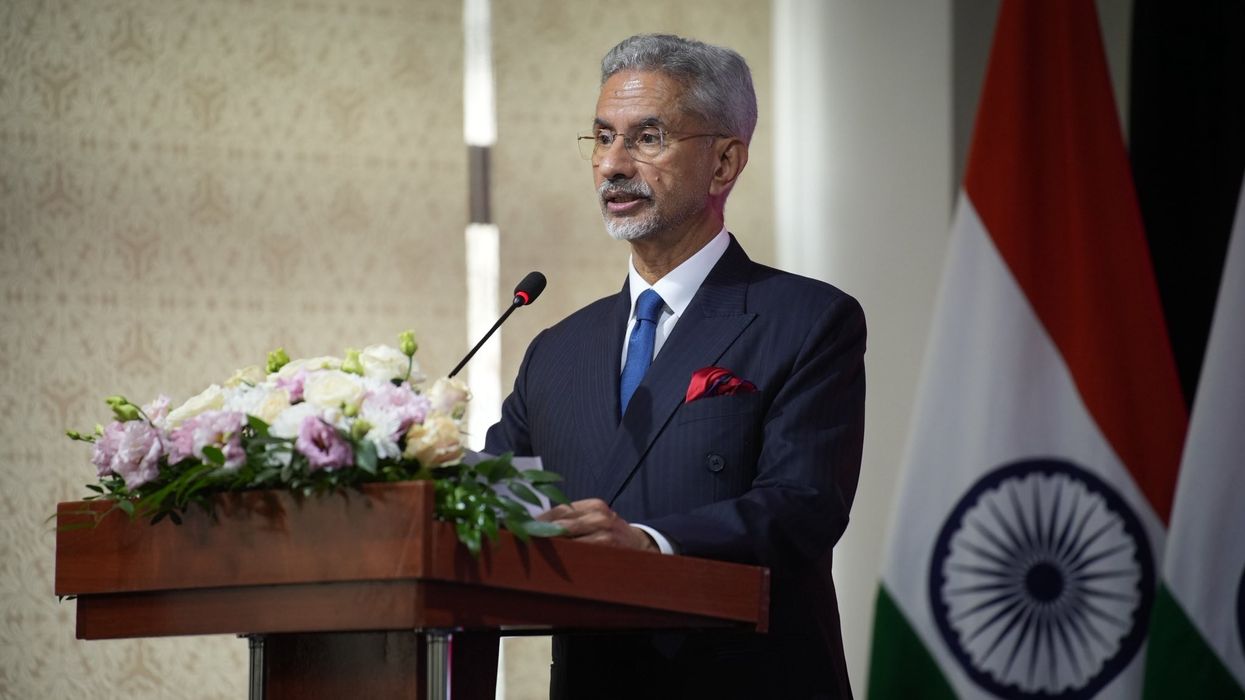A recent report from a US Congressional commission has renewed scrutiny of the May 2025 India-Pakistan conflict, asserting that Pakistan's military edge in the four-day confrontation stemmed significantly from cutting-edge Chinese weaponry.
The US-China Economic Security Review Commission, in its 2025 annual report, argues that Beijing seized the crisis as a strategic opportunity to test its modern defense systems in live combat while simultaneously promoting them to golden buyers.
The clash, known as Operation Sindoor, erupted after a terrorist attack in Pahalgam and quickly escalated into one of the most intense military engagements between nuclear-armed neighbors in years.
According to the Commission, Pakistan's battlefield performance provided China with a real-world showcase for its advanced arms, an outcome Beijing capitalized on both militarily and commercially.
The report notes that “Pakistan’s military success over India in its four-day clash showcased Chinese weaponry.” While China may not have initiated the conflict, the panel says Beijing “opportunistically leveraged the crisis to test and advertise the sophistication of its weapons,” especially in light of its ongoing border tensions with India.
Among the most striking cliams is that Pakistan'sn use of Chinese air-defense and missile system played a key role in downing India's French-made Rafale fighter jets. The report states that this became “a particular selling point for Chinese Embassy defense sales efforts,” with Chinese officials publicly praising the performace of their systems in the weeks following conflict. According to the Commission, these diplomatic and promotional efforts were aimed at boosting China's credibility in the global weapons market.
The engagement marked the first combact use of China's modern systems, including the HQ-9 air-defense platform, the PL-15 air-to-air missile, and the J-10 fighter aircraft. The panel describes the conflict as a “real-world field experiment” for China’s rapidly modernizing defense industry.
Beyond immediate battlefield implications, the report warns of Beijing’s broader strategic ambitions. It highlights that Chinese diplomatic officials used the perceived success of their weapons in the conflict to persuade Indonesia to halt an already-progressing purchase of Rafale jets.
The Commission argues that such developments underscore China’s growing influence on regional military procurement decisions and its efforts to deepen defense ties with countries across Asia.
The report also situates these events within the wider geopolitical dynamics of the India-China border dispute. It points to a long-standing imbalance in priorities: India seeks a lasting and politically sustainable solution, while China often uses high-profile dialogue to secure partial, incremental agreements.
The Commission observes that it remains unclear whether the commitments made by both countries in 2025 reflect deeper shifts or merely India’s short-term attempt to hedge amid turbulence in its trade negotiations with the United States.
